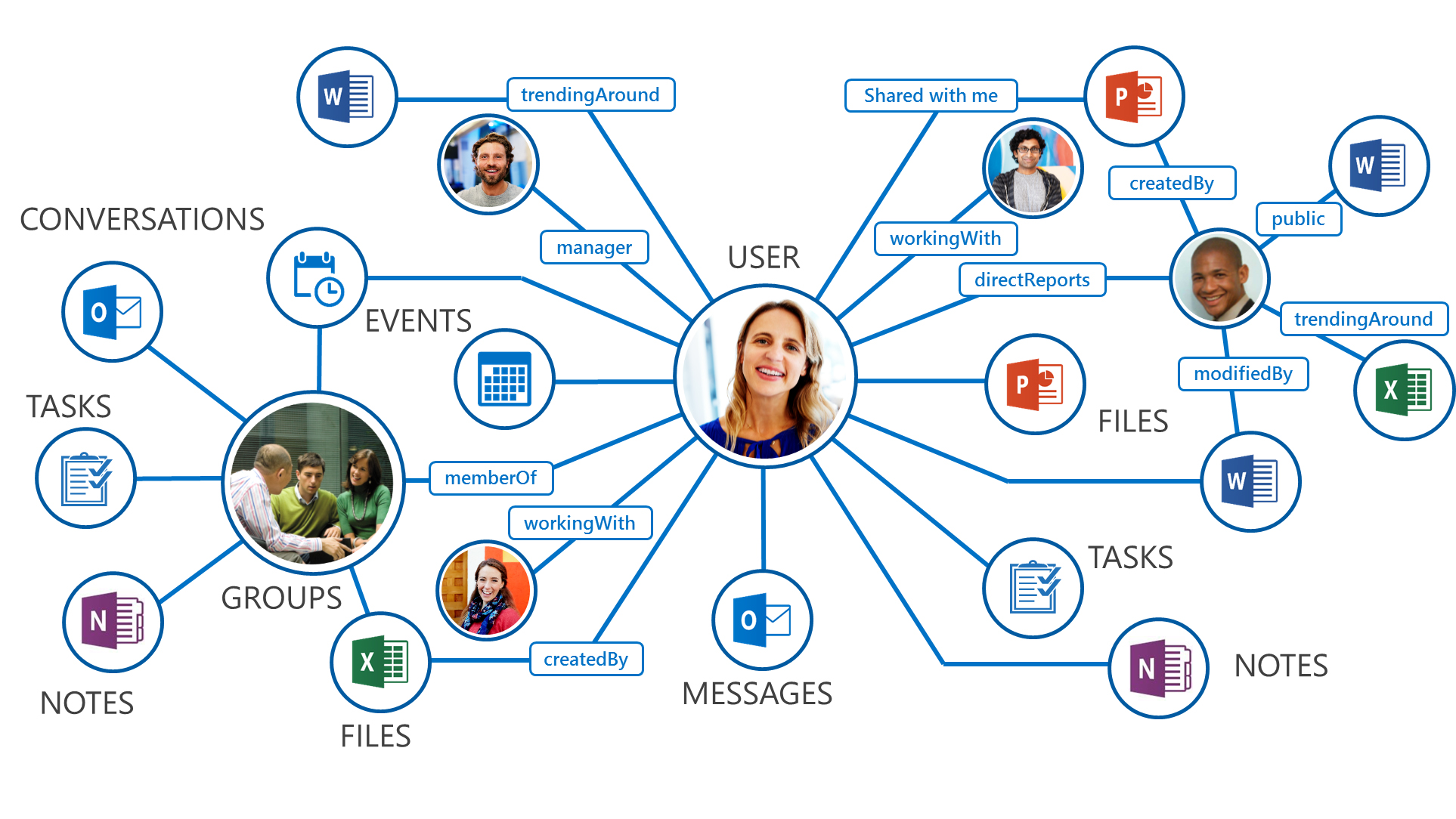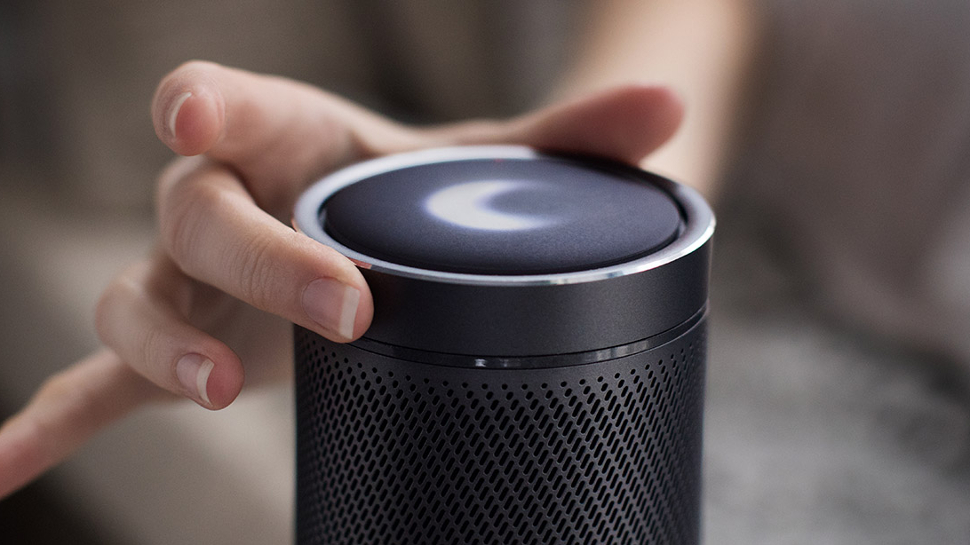Microsoft Build 2017: the biggest highlights and all the news
Meet the Windows 10 Fall Creators Update, new Mixed Reality controllers and more
Read on for all the highlights from Day 1 of Build 2017!
It’s that time of the year again, the time when Microsoft sets aside a few days to celebrate its ardent community of web developers and software engineers. While also announcing a few updates for its various services and platforms including Windows 10, Office 365 and the Azure cloud computing platform.
The Build conference, as it’s called, took place in Seattle, Washington this year and – in an unexpected twist – the company’s day one keynote was all about the devs.
Build 2017 has been a bit of a shakeup in comparison to previous years where the first day was largely dedicated to consumer technology such as updates to Windows 10 and the Surface devices.
Given that Redmond covered much of that turf in the May 2 #MicrosoftEDU event, it makes sense to kick off Build on the more technically-focused developer side of the fence. Discussions ranged from Microsoft’s efforts in improving artificial intelligence to reflecting on its increasingly growing base of Windows 10 users.

500 million and somehow still counting
The keynote started off with a bang. Microsoft CEO Satya Nadella could have dropped the mic when he said that Windows 10 now has 500 million monthly active devices, having grown 25% since last September when the count was 400 million. Although it’s quite the achievement, especially with Windows 10 no longer a free upgrade, it’s a far cry from the one billion Windows 10 users Microsoft hopes to reel in by 2019.

Data on data on data on data
Nadella also disclosed that commercial Office 365 now inhabits 100 million monthly active devices. Back in October of last year, Microsoft confirmed 85 million commercial users, meaning 15 million have since joined the likes of Microsoft’s cloud-based productivity suite.
Sign up for breaking news, reviews, opinion, top tech deals, and more.
That number may only increase now that Microsoft has added new functionality to Microsoft Graph, an API that grants developers access to data stemming from Office 365 services and the tools necessary to leverage that data.
Previously, Graph could only provide user and activity data, but now developers can take advantage of device data as well. Not only that, but Microsoft has also implemented a series of new core capabilities into Graph such as ‘Delta queries’ and ‘custom data’.
New Insights APIs are on the way as well, at least in their unfinished preview form, designed for developers to collect better data on how users and documents interconnect. Developers, for instance, will be able to use these APIs to gather intel on the most widely shared documents on OneDrive.

Programming made simple, now for macOS
Though it’s been in preview for quite a few months now, Visual Studio is now available to everyone with a Mac. Unlike Microsoft’s programming environment of old, Visual Studio for Mac derives heavily from the cross-platform IDE from Xamarin, which the company acquired last March.
For this reason, developers will be able to use Visual Studio for Mac to create apps for mobile, Windows and Mac directly from one Apple-branded computer.

You get an AI! You get an AI! Everyone gets an AI!
The other metrics Microsoft shared with us were of the company’s Cortana virtual assistant being being used across 141 million monthly active devices. But the bigger news here was that the company wants to go way bigger with artificial intelligence (AI) than it has already with Cortana. In fact, the company says it wants to bring AI to all of its products and services including Xbox, Windows, Bing and Office just to name a few.
Of course, making a statement this bold is easy. Proof of concept is a much tougher egg to crack. That said, Microsoft explained its ideas quite vividly.
In one example, the company showed AI protecting a workspace by verbally cautioning employees of incidents such as spills.
Alternatively, AI was used to assist workers in finding equipment and communicating more efficiently with teammates. In the future, AI could also be used to track motion for, say, virtual reality gaming and hopefully not a Kinect 3.0.

That’s not where Microsoft’s AI efforts end, however, as the company also revealed the Cortana Skills Kit which we expect to be used in conjunction with the still-unannounced Cortana Invoke speaker said to be made by Harman Kardon.
Using this kit, developers will be able to create their own skills for Cortana (currently for use on Windows 10, Android and iOS) to compete with Amazon’s Alexa. Of course, the Cortana Skills Kit will also come in handy for HP and Intel who have both signed up to create their own hardware powered by Microsoft’s virtual assistant.

A data chamber that’s out of this world
Though Azure is widely known as Microsoft’s platform for cloud computing, it’s also the name of an international database that’s an industry-first in that it exhibits “horizontal scale with guaranteed uptime, throughput, consistency and millisecond latency at the 99th percentile.”
The Azure database, according to Microsoft, was constructed from the ground up to power “planet-scale cloud services.” It even draws its data from the aforementioned Microsoft Graph. Microsoft hopes that the Azure Cosmos database will set the standard for global databases by manifesting the same version of itself everywhere simultaneously, with no regional differences hindering its functionality.
Current page: The biggst announcements from Day 1
Prev Page The biggest announcements from Day 2 Next Page What we wanted to see
Joe Osborne is the Senior Technology Editor at Insider Inc. His role is to leads the technology coverage team for the Business Insider Shopping team, facilitating expert reviews, comprehensive buying guides, snap deals news and more. Previously, Joe was TechRadar's US computing editor, leading reviews of everything from gaming PCs to internal components and accessories. In his spare time, Joe is a renowned Dungeons and Dragons dungeon master – and arguably the nicest man in tech.